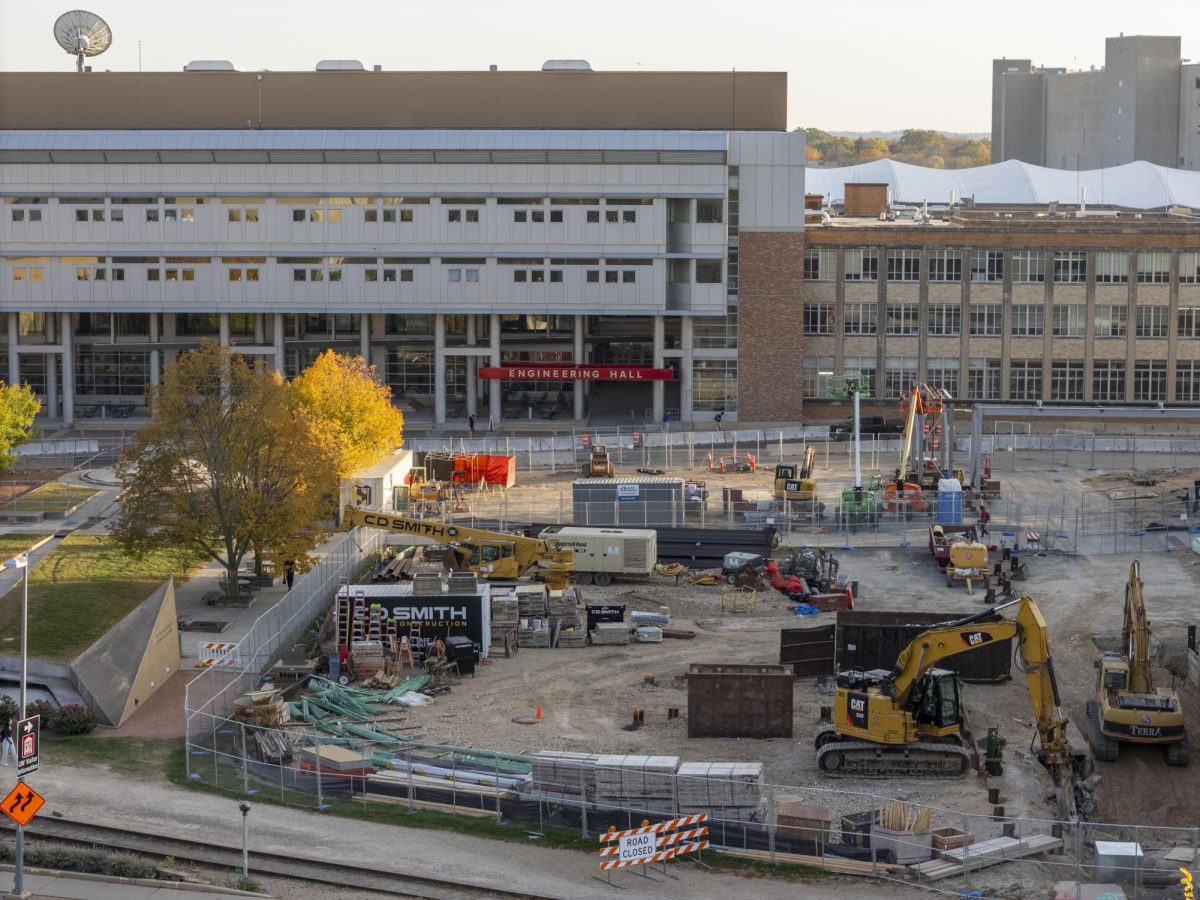While Wisconsin technical colleges have seen a steady growth in enrollment for the past decade, their largest growth yet was seen this year when more than 83,000 students enrolled.
These 83,000 students were referred to as full-time equivalents by system Vice President for Policy and Government Relations Morna Foy. They represent a 14.9 percent increase in FTE’s and an overall growth of 5 percent.
Foy said she believes the increase can be attributed to the effects of the weak economy, such as the increase in dislocated workers and families being more money-conscious when it comes to education.
“When the economy is bad, enrollments go up. When the economy is good, we see a dip in enrollment,” Foy said.
Foy also mentioned the Wisconsin Technical College System has shown strong resiliency, with 80 percent of graduates finding jobs in less then six months. WTCS is also finding their graduates have seen an annual wage increase of roughly 9 percent in past years, Foy said.
To avoid long-term structural unemployment, some students are returning to school due to increases in technology within the workplace.
“There is such a rapid pace of change in the workplace in technology, so there is the idea that you never go to school once and get a degree,” Foy said. “People who want to move their careers forward are going to be in a state of lifelong learning.”
Many WTCS students have already received degrees from four year universities and are looking to simply further their skills, Foy said.
Some of the Wisconsin technical colleges have implemented new programs and expanded existing ones to help attract students, Foy said. The renewable and sustainable energy field has recently been growing in popularity.
She added the colleges have also increased the number of online courses they offer. Ten years ago only 1 percent of the courses were offered online, and now over 10 percent of courses can be taken online. The colleges have also increased the amount of night and weekend classes they offer.
“People who try to go to school and work at the same time can go to technical college when it works for them,” Foy said.
However, Foy still credits the majority of the enrollment increase to affordability.
At the University of Wisconsin, an enrollment increase has not been present. Enrollment at UW generally stays flat because, unlike WTCS, UW does not actively attempt to grow, UW spokesperson John Lucas said.
Last year enrollment was 42,030, and has increased this year to 42,096, so while an increase is present, it is not as significant as the growth technical colleges are seeing.
Lucas said UW does not actively attempt to increase enrollment because UW is essentially at capacity with there being no extra residencies or classrooms for growth.
“It is more of a statement of our budget to preserve quality, that’s why we’ve made decisions to keep enrollment flat,” Lucas said.







